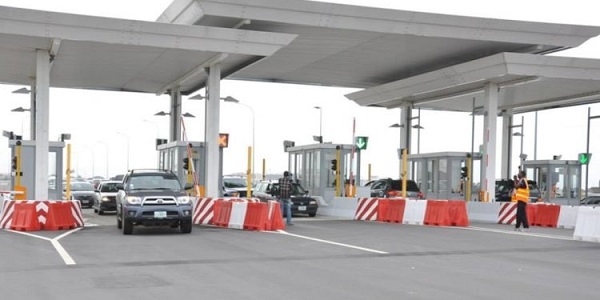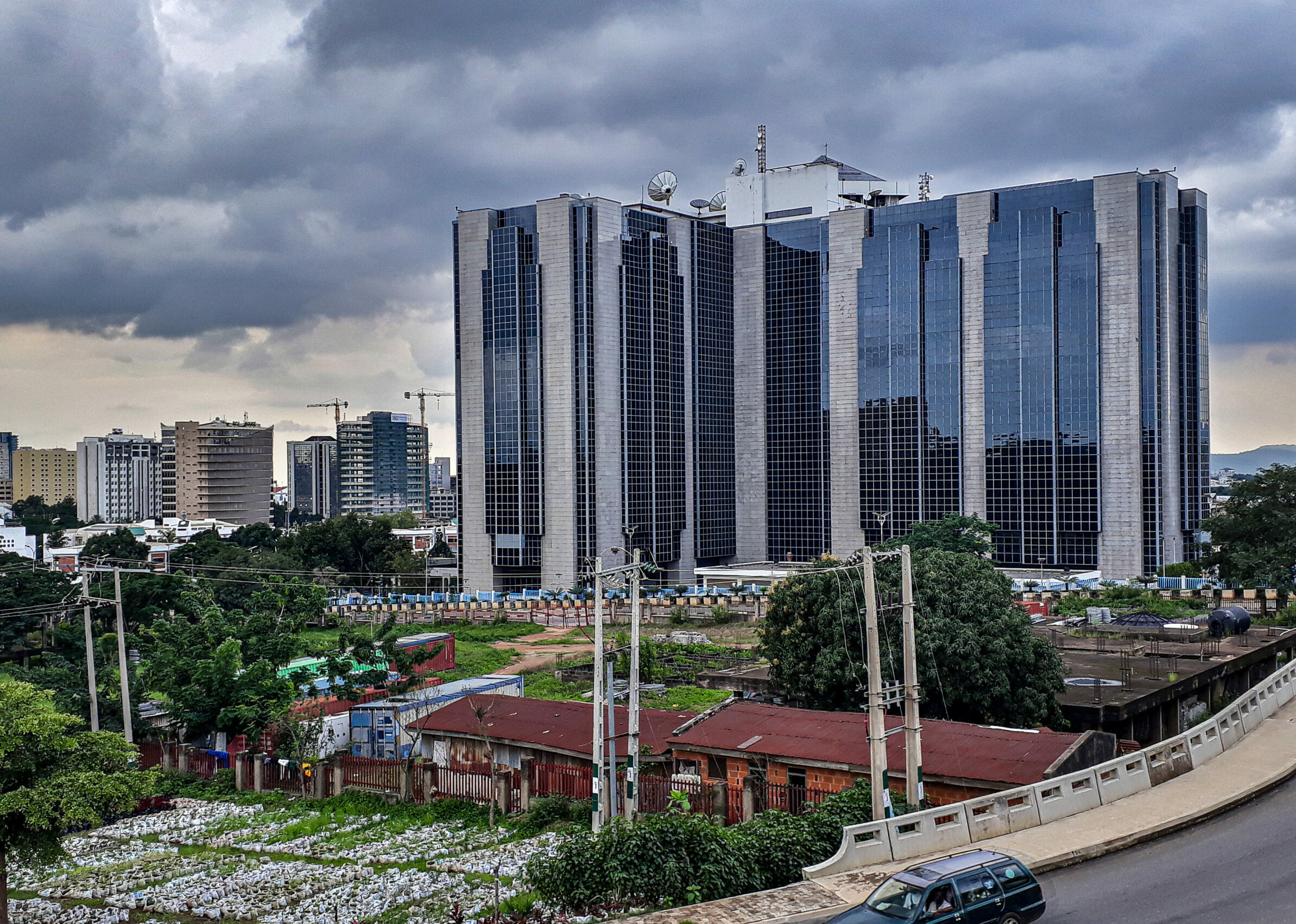Ideas: Creativity as catalyst to secure Southeast Asia's digital future | KLSE Screener

This article first appeared in Digital Edge, The Edge Malaysia Weekly on May 26, 2025 - June 1, 2025
In Kuala Lumpur, a team of creative technologists has transformed an abandoned colonial building into a multimedia storytelling hub. Through projection mapping, they simulate a lush rainforest environment that reacts to movement and sound, creating a sensory experience that blends urban space with ecological memory.
Meanwhile, in a co-working space in Kuching, a team from an indie game studio is developing an augmented reality mobile game inspired by the traditional hand-tapped tattooing of Sarawak’s indigenous community. Their project fuses ancestral knowledge with immersive tech, bridging culture and gameplay for a new generation of audiences.
These projects reflect a growing movement across Southeast Asia where creativity meets technology in bold and contextually rich ways. From interactive media to immersive storytelling, the region’s creative industries are evolving into dynamic drivers of growth, inclusion and global relevance.
The creative and cultural sectors across Southeast Asia are deeply rooted in centuries of cultural knowledge and artistic expression. From classical dance and traditional weaving to intricate woodcarving, this legacy continues to evolve. Today, it manifests in vibrant new forms such as Malaysia’s growing animation sector, Indonesia’s dynamic film and music scenes, and Thailand’s world-class advertising industry. Powered by the ingenuity of a rising generation, the region’s creativity is both locally grounded and globally resonant.
These industries play a vital economic role. In Indonesia, the creative economy contributed approximately US$82 billion to gross domestic product (GDP) and supported around 24 million jobs in 2022. In the Philippines, the sector generated 7.3% of GDP and employed about seven million individuals. These contributions reflect a broader trend. Creative industries are powering micro, small and medium enterprises, expanding livelihoods and enabling new forms of value creation across urban and rural communities alike.
Beyond their economic footprint, creative industries play a vital role in shaping how people understand and express their identities and heritage in a rapidly changing world. They connect generations, inspire dialogue and bring local stories to regional and global audiences.
As digitalisation accelerates, Southeast Asia is increasingly well positioned to amplify the strengths of its creative industries. The region’s digital economy is projected to reach US$600 billion (RM2.6 trillion) by 2030. This rapid growth is transforming how content is produced, distributed and monetised. It is creating new opportunities for creators, entrepreneurs and small enterprises across Asean.
Digital platforms, e-commerce and social media ecosystems enable creators to reach wider audiences, build communities and monetise directly. With a growing digital infrastructure and rising internet penetration, Southeast Asia’s digital economy is not just a parallel engine but a powerful lever for accelerating the creative economy.
When creativity is matched with digital opportunity, it becomes not only an expression of identity. It is a scaleable driver of inclusion, innovation and growth. These converging trends are setting the stage for a more connected, entrepreneurial and culturally rich regional economy that reflects Southeast Asia’s unique blend of heritage and ambition.
Despite strong momentum, the region’s creative economy faces critical challenges as it transitions into an increasingly digital landscape. These issues are not rooted in a shortage of talent or ideas. They arise from systemic gaps that hinder creators from thriving in the digital age.
One of the fundamental barriers is the persistent undervaluation of the creative sector itself. In many Southeast Asian economies, industries such as oil and gas, manufacturing and commodities have long dominated national agendas.
Creative industries are often seen as peripheral or supplementary, especially when tied to sectors like tourism, rather than being recognised as economic drivers in their own right. This framing has resulted in underinvestment, limited policy focus and a lack of structural support, despite the sector’s potential to generate jobs, export value and innovation.
One of the most pressing operational challenges is the skills gap. As digital tools evolve rapidly, from artificial intelligence (AI)-assisted creation to platform-specific algorithms and data-driven storytelling, many creators find themselves underprepared. Formal education and training systems are often outpaced by the demands of a digital-first creative economy, particularly outside major urban centres.
Access to technology and infrastructure also remains uneven. While smartphone adoption is widespread, reliable internet, high-quality production equipment and collaborative creative spaces are still limited in rural and under-represented communities. This digital divide restricts who gets to participate and how far they can go.
The region also struggles with market fragmentation. Each Asean country has its own policies, support systems and creative market dynamics. Without harmonised standards for intellectual property (IP), content trade or creator mobility, it becomes difficult for creative enterprises to scale across borders or tap into a larger regional market.
Finance presents another major hurdle. Many creative entrepreneurs operate informally and lack access to affordable capital, tailored financial products or business development support. They often rely on short-term grants or personal funds, which are insufficient to build sustainable or scaleable ventures.
Finally, IP systems often lack alignment with the realities of today’s digital creative landscape. Many creators lack the legal literacy to protect their work, and even when protections exist, enforcement can be fragmented, costly or ineffective. This is particularly true in digital contexts where content is shared across multiple jurisdictions.
Together, these challenges form a complex web that constrains the growth of the creative economy even as the digital opportunity expands and the region’s creative talent continues to prove its value.
To fully unlock Southeast Asia’s creative potential in the digital age, we must go beyond celebrating creativity. We must start designing systems that recognise it as a strategic driver of economic resilience and innovation.
This is not simply about enabling artistic expression. It is about embedding creativity at the heart of the region’s economic planning, digital transformation and growth strategy.
The first shift required is in how we finance creative work. Traditional financial models are poorly suited to creative businesses, which often generate value through intangible assets, fluctuating income and direct engagement with audiences that shape demand and growth.
Southeast Asia needs financial tools that reflect these conditions. These include revenue-based financing, cultural impact funds, public-private matching schemes and crowdfunding platforms that enable creators to earn directly from their communities.
Networks like the Asian Venture Philanthropy Network are already playing a key role by mobilising capital towards impact-driven ventures, including those in the creative sector. Such mechanisms are essential for transforming ideas into viable, scaleable enterprises.
Next, we must invest in sustained and inclusive capability building. This means moving beyond short-term interventions and developing decentralised learning hubs, regional incubators and mentorship networks. These should offer digital upskilling, entrepreneurial training and opportunities for collaboration, especially in rural and indigenous communities where cultural knowledge is rich but often unsupported.
IP should also be reimagined as a lever for growth, not just a legal safeguard.
Governments and industry stakeholders must simplify registration processes, reduce costs and modernise frameworks to reflect the realities of digital content. Equally important is building widespread IP literacy, so that creators understand the value of their work and know how to protect and license it both locally and across Asean.
Building a connected regional ecosystem is another critical priority. Creative talents must be able to access markets, partners and platforms across borders. This requires harmonising standards for content exchange, enabling cross-border investment and distribution, and showcasing Southeast Asian creativity on the global stage. These steps can catalyse a stronger shared identity and elevate the region’s creative presence in the world.
These actions are urgent. Creativity cannot remain on the margins of economic policy. By building ecosystems that enable creative talent to thrive, Southeast Asia can future-proof its economy, deepen its cultural influence and lead in shaping a digital world driven by identity, innovation and imagination.
Southeast Asia has all the ingredients for a thriving digital creative economy, including deep cultural roots, fast-growing digital infrastructure and a generation of creators eager to shape the future. But unlocking this potential requires more than ambition. It calls for a deliberate shift in how creativity is valued and supported across the region.
It is time to move beyond seeing the creative economy as a cultural accessory. It must be recognised as a central engine of innovation, economic resilience and identity for the region.
The next phase of growth will not be driven by technology alone but also by how effectively we align our ecosystems, including education, finance, regulation and infrastructure, to support creative innovation at scale. Governments, investors, industry leaders and educators all have a role to play in designing inclusive systems that enable creativity to thrive across borders and communities.
This is more than an economic imperative. It is a chance to shape Southeast Asia’s global voice, strengthen resilient local industries, and inspire the world with stories, ideas and innovations rooted in the region’s rich diversity.
Creativity is a powerful force for sustainable growth, digital diplomacy and regional leadership. The time to act boldly and collectively is now.
Ahmad Azuar Zainuddin is CEO of Satu Creative, a consulting firm that works with Malaysian start-ups and social enterprises
Save by subscribing to us for your print and/or digital copy.











